Aromatic Fluorination
Academia and industry join forces in Aromatic Fluorination, as an expert from each domain contributes to this new text on fluorination of carbocyclic and heterocyclic rings. The book begins with a discussion of fluorine's unique combination of properties, including size, electronic effects, and hydrophobicity, as well as the historical development of its product applications. It explains methods for introducing fluorine into an aromatic ring, focusing on nucleophilic fluorine transfer reactions. The role of catalysts, solvents, and other variables are examined, and the scope and limitations of the methods are discussed. Of particular interest to those working in non-specialist laboratories, Aromatic Fluorination includes detailed descriptions of the new electrophilic routes to fluoroaromatics, in addition to traditional routes and alternative methods involving radical chemistry. Because one of the most important fluorine-containing substituent is CF3, the book explains routes to benzotrifluorides (ArCF3), including traditional industrial methods and modern alternatives employing C-1 halofluorocarbons and other fluoroaliphatics. An alternative to CF3 is CF3S, and several methods of synthesizing aromatic CF3S-containing molecules are described. Since the successful development and diverse applications of aromatic fluorine compounds have led to the search for new compounds and novel substituents, the incorporation of other substituents is also explored. Aromatic Fluorination concludes with discussion of the factors responsible for the successful development of pharmaceutical, agrochemical and liquid crystal applications and the potential for applications in high-performance polymers and other areas. This section also describes in detail important industrial aromatic fluorination processes and the relative merits of different process technologies and their costs.
{{comment.content}}
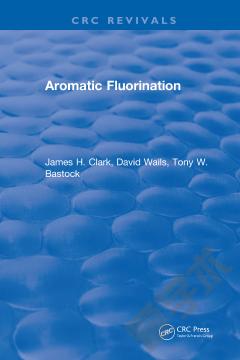
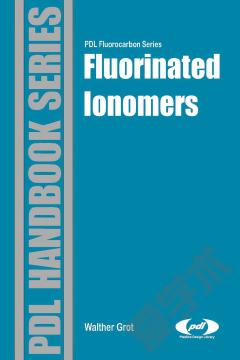

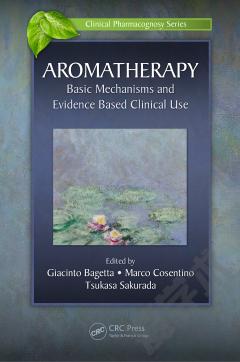
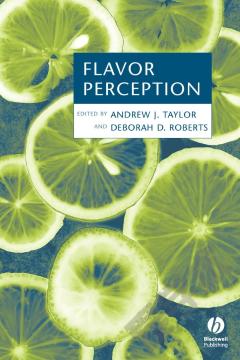
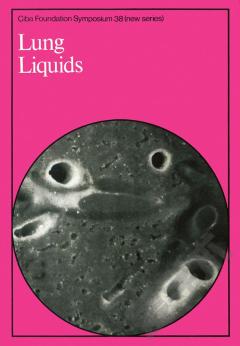


 京公网安备 11010802027623号
京公网安备 11010802027623号